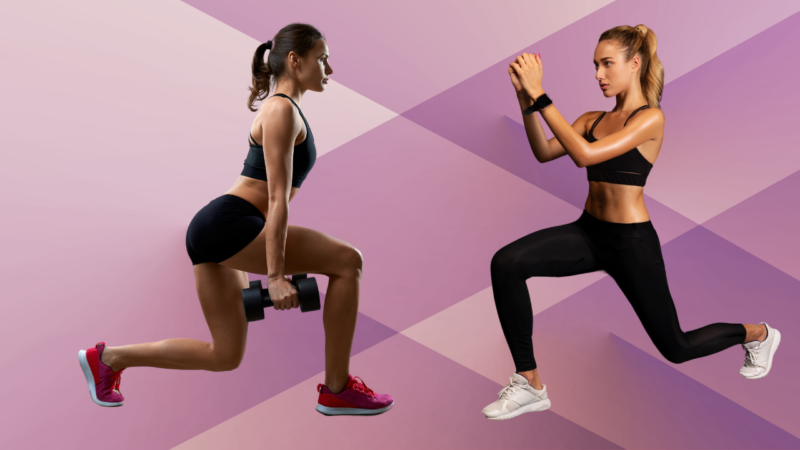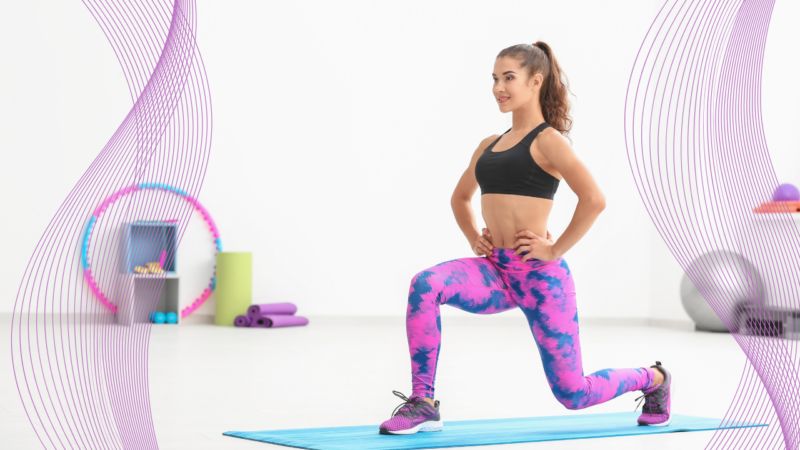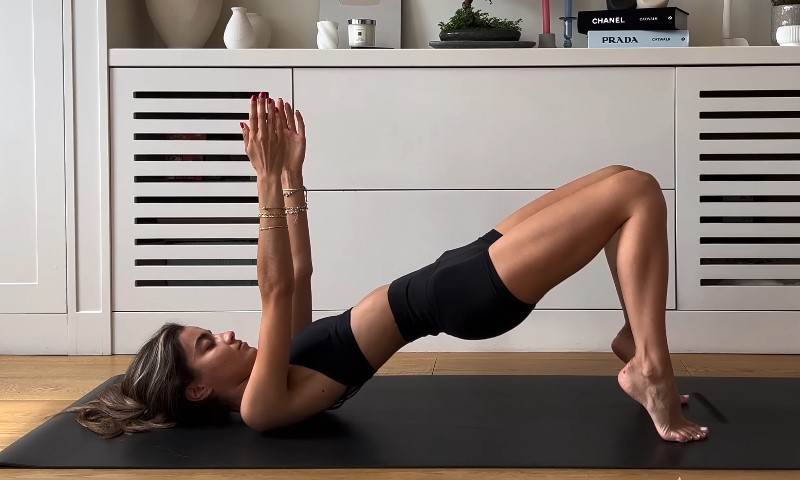
Share Post:
When it comes to lower-body workouts, the debate between split squats and lunges has been going on for years. Both exercises are great for building strength, improving balance, and sculpting your legs and glutes. But which one is better for you?
The answer isn’t as simple as choosing one over the other. It depends on your fitness goals, physical limitations, and the muscles you want to target. Today, we’ll break down the differences between the two, and what they target, and help you decide which is the best fit for your workout routine.
Table of Contents
ToggleThe Basics of Split Squat
A split squat is a stationary exercise that focuses on one leg at a time. Here’s how to do it:
- Stand in a split stance with one foot forward and the other foot back. Keep your torso upright and your core engaged.
- Lower your hips straight down, bending both knees until the back knee nearly touches the ground.
- Push through the heel of your front foot to return to the starting position.
Lunges
A lunge is a more dynamic movement that also targets one leg at a time, but with some differences in execution:
- Stand upright with feet together.
- Step forward with one foot and lower your hips until both knees are bent at about 90 degrees. The back knee should hover just above the ground.
- Push off the front foot to return to the starting position.
What’s the Difference in Muscle Targeting?
Both split squats and lunges target the muscles in your legs and glutes, but they do so in slightly different ways.
| Muscle Group | Split Squats | Lunges |
| Quads | The front leg takes most of the load, focusing on the quadriceps. | Targeted along with glutes, but with different muscle engagement due to dynamic movement. |
| Glutes | Heavily engaged as you push up from the bottom of the movement. | Also engaged, but differently due to the dynamic nature of lunges. |
| Hamstrings | Play a stabilizing role, though less targeted than the quads. | More engaged than in split squats, due to the stepping motion and need for stability. |
| Calves and Core | Not significantly targeted. | Require more balance, giving your calves and core a good workout. |
Technique Differences
Stability vs. Mobility
Since your feet stay in place, split squats offer more stability. This makes them a safer option if you’re recovering from an injury or if you have balance issues. Lunges require you to move and stabilize at the same time, making them a bit more challenging. If you’re looking to improve your balance and coordination, lunges might be the better choice. Range of Motion
- Split Squats: The range of motion is more controlled, which can be beneficial for focusing on muscle contraction and minimizing the risk of injury.
- Lunges: The stepping motion in lunges increases the range of motion, which can be more effective for overall lower body development but also requires more control.
Which Is Better for Your Fitness Goals?
Figuring out which exercise fits your fitness goals—split squats or lunges—is key to getting the most out of your workouts.
For Building Muscle Mass, Go with Split Squats
If your primary goal is to build muscle, especially in the quads and glutes, split squats are your best bet. They allow you to focus on one leg at a time and ensure you’re engaging the target muscles without the added challenge of balancing.
For Improving Balance and Coordination, Choose Lunges
The dynamic nature of lunges makes them superior for improving balance, coordination, and functional strength. If you want to enhance your athletic performance or just improve your everyday movement, lunges are a great addition to your routine.
For Fat Loss, Lunges Take the Lead
Because lunges involve more movement and engage multiple muscle groups at once, they tend to burn more calories. This makes them a better option if fat loss is your goal.
Equipment and Variations

When it comes to split squats, these can easily be modified with added weights, such as dumbbells or a barbell. You can also elevate your back foot to create a Bulgarian split squat, which increases the intensity.
Lunges offer even more variation. You can do forward lunges, reverse lunges, walking lunges, or even add weights for extra resistance. This makes lunges a more versatile exercise if you want to keep things interesting.
In Summary
Ultimately, whether you choose split squats or lunges depends on your individual fitness goals and needs. For the best of both worlds, consider incorporating both exercises into your routine. You might start with split squats to build strength and then progress to lunges to enhance functional movement.
Related Posts:
- Hammer Curls vs. Bicep Curls - Which is Better for You?
- Cardio vs. Yoga - Which is Better for Mental Health…
- Pilates vs. Yoga - Which is Better for Your Fitness Goals?
- Treadmill vs Running Outside - Which is Better for…
- Top 5 Mistakes to Avoid When Performing Side Lunges
- Cardio vs. Strength Training for Aging Bodies -…














